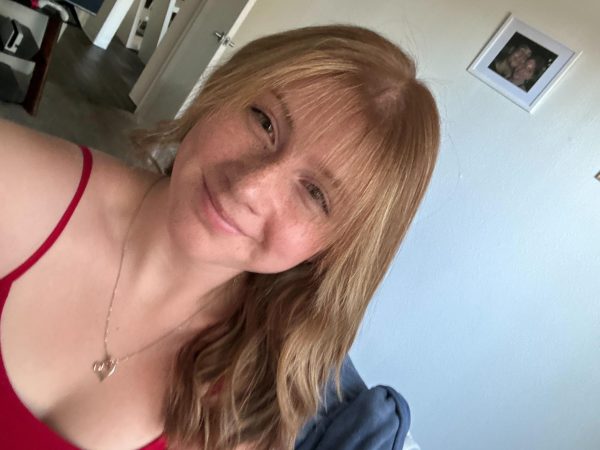An all-artist crew of University of Arizona professional artists and professors will conduct a six-day moon mission from March 10-15 in a recently opened analog research station affiliated with Biosphere 2.
The mission is one of the first global artist-focused field tests. It will generate creative work shaped by the limitations and possibilities of life beyond here on Earth.
The mission, named Imagination 1, will take place at the Space Analog for the Moon and Mars, also known as SAM, which is a high fidelity center that began hosting crews last year on the campus of the UA’s Biosphere 2. The space that the artists will be residing in includes living quarters, a workshop, a greenhouse and a half-acre moon/Mars surface yard and terrain park, which is still under development.
Kai Staats, the inventor, designer, fund-raiser and lead constructor of SAM, said that he had considered building his own habitat analog since 2014. After conducting an experiment in plant growth at Biosphere 2 in 2019, he started developing the concept further, assembling a team and raising funds.
“I don’t really “work at SAM”, rather, it is an extension of me,” Staats said over email. “Seeing my ideas come to life then grow to something far greater than my initial concept through the feedback and support of my team is deeply satisfying.”
Prior crews who have taken part in these missions, Inclusion I and Inclusion II, have been principally science and experiment-focused. This crew is the first to bring a view of how future human space travel will incorporate a diverse group of people to tell the story of human space exploration.
“It’s been two years of planning,” said Christopher Cokinos, mission facilitator and crew commander. “So a lot of what I’ve been doing is everything from interacting with university people to making sure we have the support we need. Lots of meetings with the leadership at SAM […] and Biosphere 2 and just making sure that we’re following their high standards and their requirements.”
Cokinos said that the mission evolved from a conversation with Staats at an Analog Astronaut Conference after he gave a presentation with Julie Swarstad Johnson, a fellow crew member.
“Kai [Staats] heard that presentation, and people were really enthusiastic,” Cokinos said. “And it was like, we should do an artist mission.”
During the course of the six-day mission, the four artists will be putting their skills to use to reflect what they learn in their chosen artform. Cokinos, a nonfiction writer, will be focusing on poetry, writing and photography. Johnson, a poet and librarian, will be working on poems and impressing words into the simulated moon soil. Elizabeth George-Fesch, a dancer, will work on a dance in a pressure suit. Lastly, Ivy Wahome, a textile artist, will be working on a tapestry and costuming of pressure suits.
“I think we’re headed towards people living and working in space for longer amounts of time,” Johnson said. “I think the arts become really important in leading us into living in a thoughtful way or in a way that respects the places that we’ll go to.”
Johnson said that the crew will be placing a special emphasis on the ethics behind space travel aside from the science behind it all. In her personal projects for the mission, she said that she is especially excited about using her letter-pressing skills to make imprints on the lunar surface.
“Something to know from the Apollo missions is that all of the footsteps, all the tire tracks and everything that they did on the moon, because the moon has no atmosphere, those never go away. They’re gonna be there forever from our perspective,” Johnson said. “And so I’m thinking about, you know, with creating this installation, that I’m creating something that could potentially be permanent, but then I’m also thinking about it as something ephemeral. I think it’ll be an interesting demonstration of installation art that could happen on the moon.”
Cokinos has had a similar experience to this mission during his time living in Utah; however, he said that because of the UA connections he has made, he feels much more confident going in with his team this time around.
“I did an analog mission in Utah, but I didn’t know the crew, and we had all just met,” Cokinos said. “So this feels very different, like there’s a sense of community and mutual support. I think that’s the kind of thing that you would actually have if you’re training for a mission, right? So I’m hoping for just a good week, that we have productive time and that we are able to get as much done as we possibly can and see what the future path looks like.”
Follow the Daily Wildcat on Instagram and Twitter (X)










